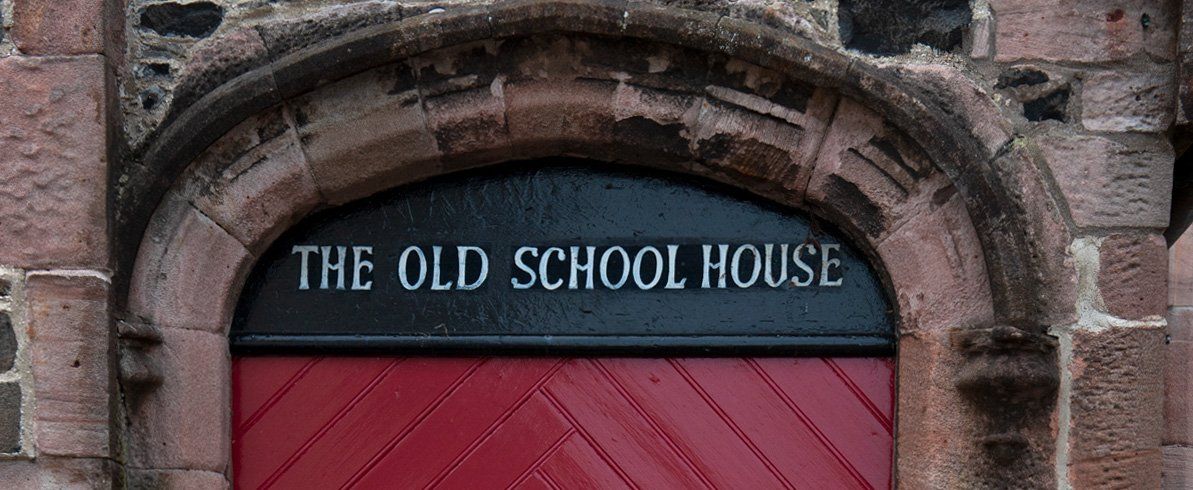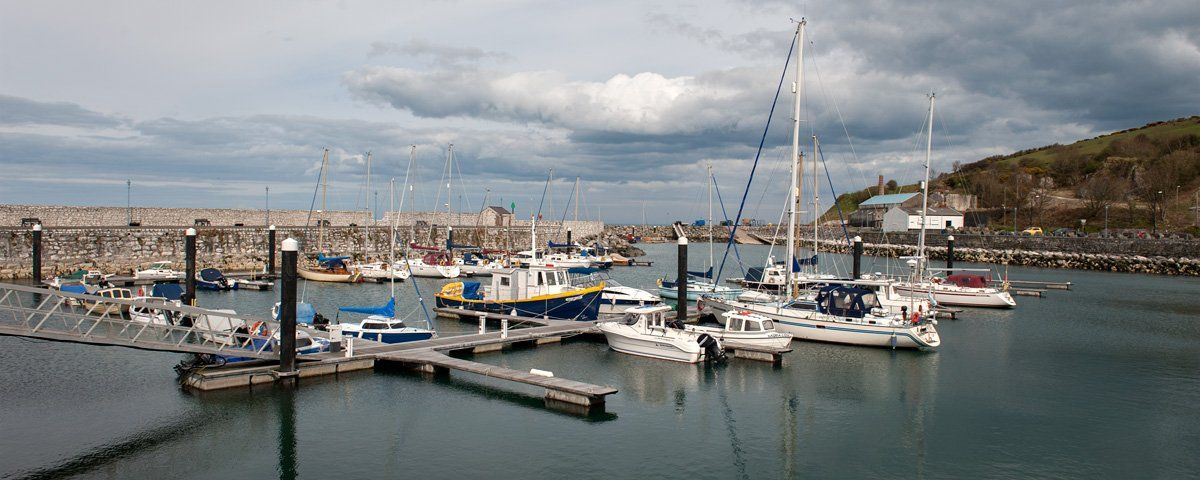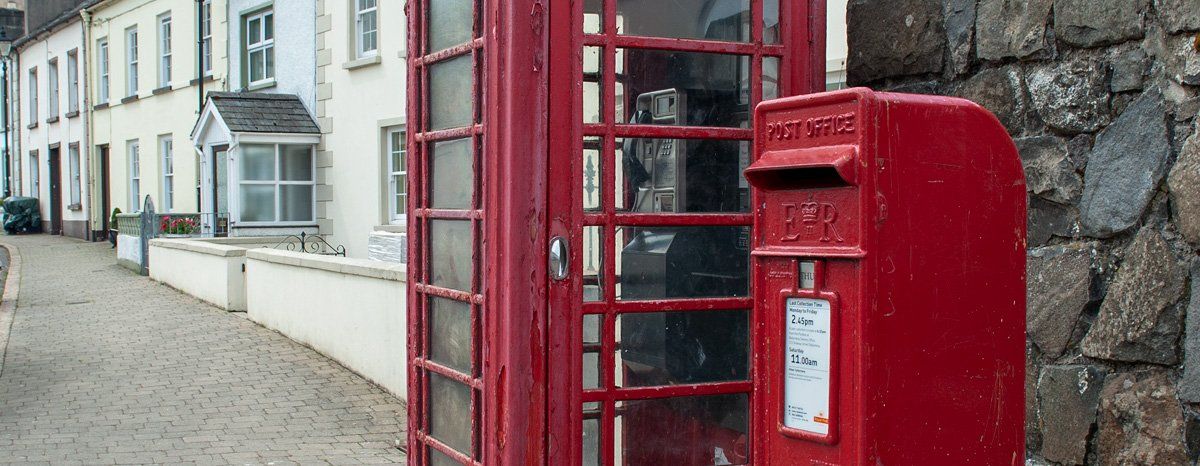Glenarm History
King John is believed to have granted Glenarm a municipal charter in the 13th century which makes Glenarm one of the oldest chartered villages in Ireland. The original castle here was leased to the Bisset's by the Bishop of Down and Connor in 1270, this could, therefore, have been a 12th century Norman castle, as their presence here makes sense with a harbour and short sea crossing to Scotland. A striking feature of the main village is the architecture, dating from the 17th century onward and well deserving of its designated conservation status. A walk through the village is highly recommended
The Barbican on Castle Street complete with bridge and portcullis serves as another entrance to the castle, on the corner of Toberwine and Castle Street is the old Courthouse (1700s), this was the site of the original Bissett Castle. The Vennel which runs off Altmore Street is the old road from Glenarm Castle to Carrickfergus Castle before the coast road was created and dates to around the 13th century. Further up Altmore Street are the old Estate Offices (1739) and Town Lodge Arch which leads to Glenarm Forest Park, 800 acres of woodland and walks along the Glenarm river maintained by the Ulster Wildlife Trust.
On the coast road adjacent to the beach and river is St Patrick's Church (1769) which serves the Parish of Tickmacrevan, this was the first gothic style church to be built in Ulster. The parish name Tickmacrevan translates to ‘the house of MacCrevan’, MacCrevan is reputed to have been a disciple of St Patrick and ministered in the first church that was built further up the Glen. The current church was built on the foundation of a Franciscan Friary of the Third Order built-in 1465 by Sir Robert Bissett. Some ruins are still visible in the graveyard and stone artefacts are retained within the church.
It is believed that the body of Shane O’Neill was buried at the Friary in 1567 after he was killed and beheaded during a confrontation with the McDonnells near Cushendun. The two clans opposed each other on many occasions and had many battles for territorial power. They were both politically manipulated by Queen Elizabeth who would favour one over the other for her own strategic interests and play one against the other to achieve her objectives in Ulster.
The harbour we see today stems from the 18th century when the limestone industries were at their peak. The quarry was originally a family run business which was incorporated into the Eglington Limestone Company in 1900, they also had interest in Carnlough and Ballintoy. It was later taken over by the Clyde Shipping Company. As well as lime production there was a Bleach Whitening Mill next to the river and a layde which took the water down from the top of the glen.
The harbour was given an upgrade a few years ago and now has anchorage for passing yachts, work is also planned for the seafront area which perhaps is the weakest point of this beautiful village. Having said that once you have taken the time to explore this wee village you will come back again and again. There is a atmosphere and quaintness to it and the walks around it are superb.






